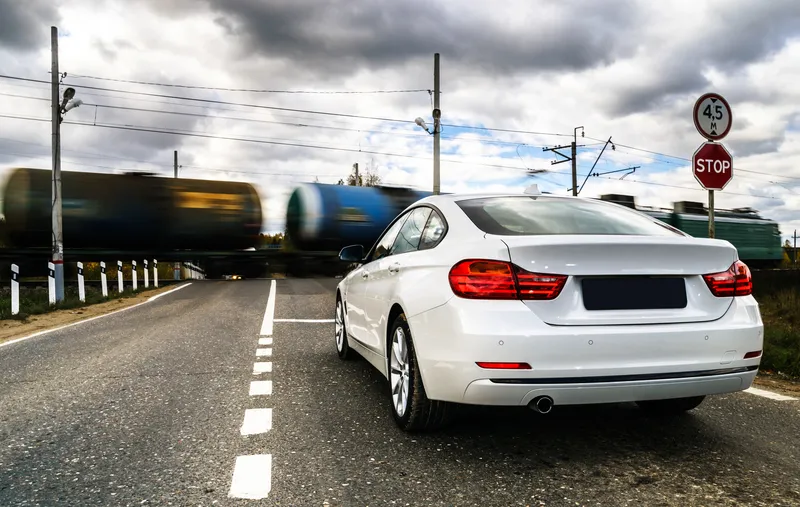Mobile Awareness has announced the SE (Sensor Enhancement) version of its SenseStat rear blind spot detection sensor family. The device simultaneously monitors four zones at the rear of a vehicle, indicating the area closest to an object. According to the company, the SenSat SE version is a new design improvement which maximises protection of the sensors while providing greater mounting flexibility and reliability. The current models available in the SE version are the Wireless (MA-ODSS-4M17W-SE), Wired Tru
July 24, 2012
Read time: 2 mins
The current models available in the SE version are the Wireless (MA-ODSS-4M17W-SE), Wired Truck & Trailer (MA-ODSS-4M17TT-SE) and the Wired Box Truck (MA-ODSS--4M17BT-SE). Common among them are the ability to simultaneously monitor four zones in real-time, an LED display which indicates the direction or location of an obstacle or person, display blanking until reverse gear is engaged and a stop-line adjustment feature. The company says all systems are easily installed in less than an hour on most vehicles and include a laminated user guide (safety instruction card) for easy driver education and reference.










